Industry information
Company News
- Aluminum veneer curtain wall: the fashionable coat of modern architecture
- Punched aluminum veneer: the fashionable choice for modern architecture?
- Aluminum veneer curtain wall, the fashionable outerwear of modern architecture
- Aluminum veneer curtain wall, the "fashionable coat" of modern architecture
- Aluminum veneer curtain wall: the fashionable coat of modern architecture
Industry dynamics
- Decorative effect display of imitation stone patterned aluminum veneer
- Can fluorocarbon aluminum veneer be customized in thickness?
- Design and construction techniques of aluminum veneer ceiling
- Aluminum veneer curtain wall: the fashionable coat of modern architecture
- The environmental characteristics of aluminum veneer and its application in green buildings
Frequently asked questions
- What is the installation method of aluminum veneer?
- What is the fire resistance of aluminum veneer?
- What is the sound insulation performance of aluminum veneer?
- How to improve the insulation performance of aluminum veneer?
- What is the insulation performance of aluminum veneer?
contact us
Mobile phone: 15627778610
Email: 2201229786
Address: No. 5 Binjiang Road, High tech Zone, Zhaoqing City
What is the recyclability of aluminum veneer for curtain walls?
- Author: Xinlongtai Aluminum Industry (Guangdong) Co., Ltd
- Release time: 2022-03-17 22:46:48
- Click:0
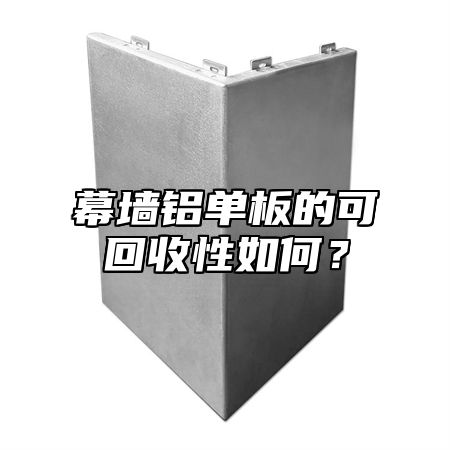
In modern architecture, aluminum veneer for curtain walls is a common exterior decoration material, and its recyclability is one of the important factors affecting its environmental friendliness and resource utilization. The recyclability of curtain wall aluminum veneer mainly depends on factors such as its material composition, production process, and recycling treatment. This article will provide a detailed introduction to the recyclability of aluminum veneer for curtain walls, in order to help everyone better understand and choose this material.
The main components of curtain wall aluminum veneer include aluminum alloy sheet, glass, sealant, etc. Aluminum alloy sheet is its main recyclable source. Aluminum alloy sheets have high recyclability and reuse value, and can be recycled and reprocessed into new products. Aluminum alloy sheets also have good corrosion resistance and oxidation resistance, which can extend their service life and reduce the amount of waste. Other materials such as glass and sealant can also have a certain impact on the recyclability of curtain wall aluminum panels.
The production process of curtain wall aluminum veneer is also an important factor in its recyclability. Generally speaking, the production of curtain wall aluminum veneer requires multiple processes, including raw material procurement, cutting, punching, bending, welding, surface treatment, etc. The complexity and production efficiency of these processes will directly affect the recyclability of curtain wall aluminum panels. Different production processes can also affect the quality and service life of curtain wall aluminum panels, thereby further affecting their recyclability.
The recycling process of aluminum veneer for curtain walls is also an important factor in its recyclability. Generally speaking, aluminum veneer for curtain walls can be recycled through mechanical processing, melting, and other methods. The recycled aluminum alloy sheets can be reused to manufacture new curtain wall aluminum veneers or other building decoration materials, thereby achieving resource recycling. Aluminum alloy sheets can also be used in the manufacturing of automotive parts, aircraft parts, and other fields to further enhance their reuse value.
The recyclability of curtain wall aluminum veneer is closely related to factors such as material composition, production process, and recycling treatment. When selecting and using curtain wall aluminum veneer, we need to consider comprehensively based on the actual situation, including its recyclability, environmental friendliness, resource utilization rate, and other factors, in order to achieve better cost-effectiveness and sustainable development.

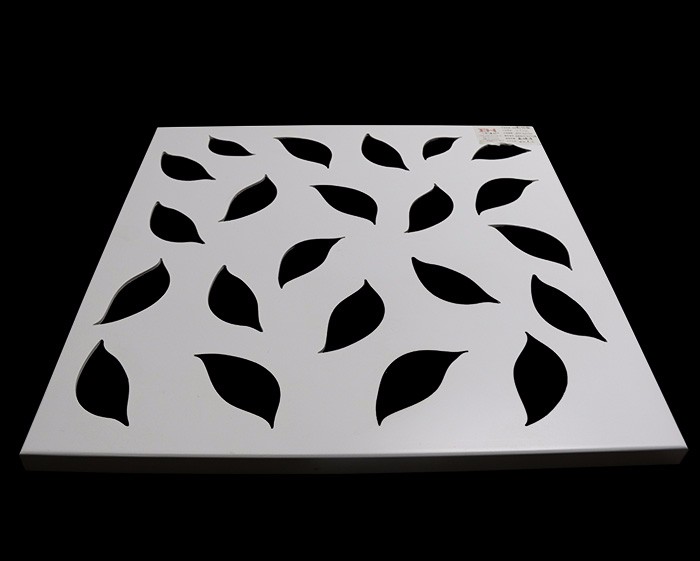
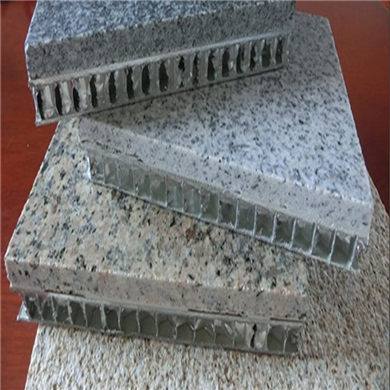
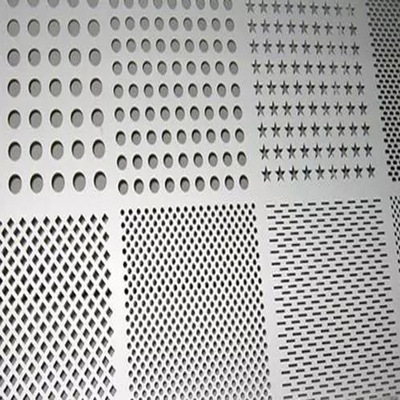

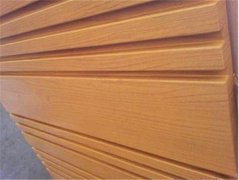
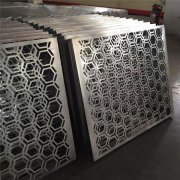
 Customer service QQ
Customer service QQ